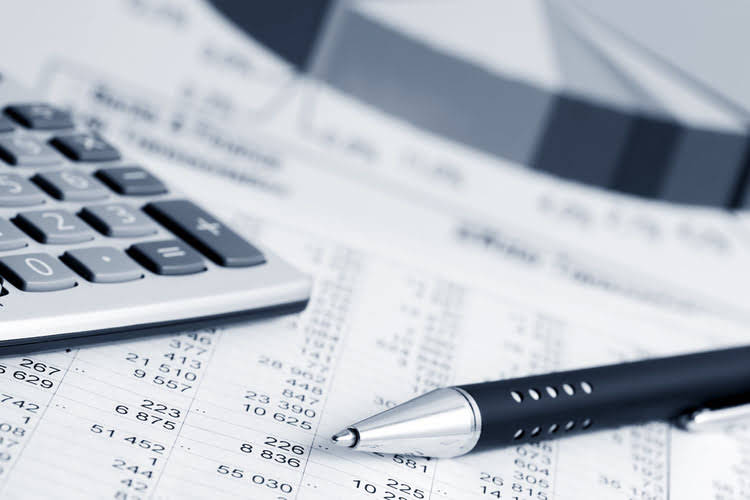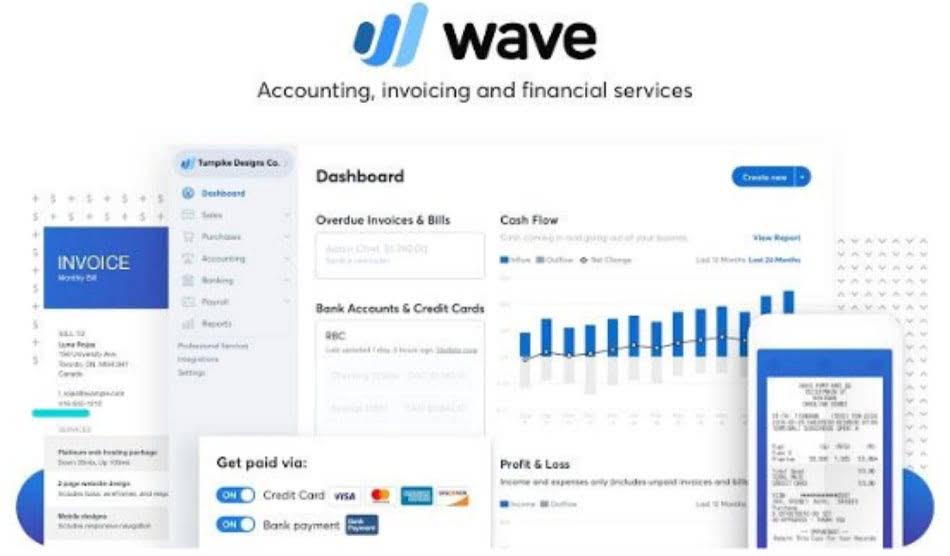How To Record a Depreciation Journal Entry in 4 Easy Steps

It is recorded on the income statement and is used to spread the cost of an asset over multiple periods, rather than recognizing the entire cost in the period it is acquired. Find the answers to commonly asked questions about depreciation journal entries. The double-declining balance method spreads out depreciation more heavily in the earlier years of an asset’s life.
Depreciation journal entries: Definition, calculation, and examples

They reduce this labor by using a capitalization limit to restrict the number of expenditures that are classified as fixed assets. The accounting for depreciation requires an ongoing series of entries to charge a fixed asset to expense, and eventually to derecognize it. These entries are designed which of these are parts of the journal entry to record depreciation? to reflect the ongoing usage of fixed assets over time. In accounting, depreciation is an expense account to record the allocation of the cost of fixed assets or non-current assets over the useful life or life expectancy of the assets. Depreciation itself is not recorded as a direct line item on the balance sheet.

How To Record a Depreciation Journal Entry in 4 Easy Steps
- Market value, on the other hand, is the price the asset could sell for in the current market.
- In each accounting period, part of the cost of certain assets (equipment, building, vehicle, etc.) will be moved from the balance sheet to depreciation expense on the income statement.
- This net amount represents the asset’s remaining value after accounting for depreciation.
- You can compute manually by applying the method of your choosing, then go to Step 3 for the journal entry.
- Find the answers to commonly asked questions about depreciation journal entries.
- The goal is to match the cost of the asset to the revenues in the accounting periods in which the asset is being used.
- Unlike carrying cost, market value can change based on factors like demand, condition, or broader economic trends.
According to the matching principle in accounting, expenses should match the Interior Design Bookkeeping revenue they help generate. There are a number of different depreciation methods that businesses can use, but the most common is the straight-line method. Under the straight-line method, depreciation expense is calculated by dividing the cost of the asset minus its salvage value by its useful life. If an asset’s value increases, this increase is not included in the depreciation journal entry. Instead, the increase is recorded separately—typically as a revaluation adjustment or appreciation—to reflect the asset’s new fair value on the balance sheet. Depreciation expense is an important concept in accounting because it provides businesses with a way to spread the cost of their assets over multiple periods.
How to Record Depreciation Journal Entries
- Depreciation journal entries, a cornerstone of accounting, empower businesses to accurately spread the cost of assets over their lifespan.
- It’s a contra-asset account on the balance sheet that offsets the asset’s original cost, providing a more accurate picture of its net book value.
- The net book value of $1,000 at the end of year 5 is the scrap value that can be sold.
- Suppose your business purchases office furniture for SAR 45,000 on January 1.
- To calculate depreciation, you’ll double the straight-line depreciation rate and apply it to the asset’s book value at the start of each year.
Show entries for depreciation, all relevant accounts, and the company’s balance sheet for the next 2 years using both methods. In this method, the asset account is charged (credited) with depreciation. There is one disadvantage of this method, which is that it is not possible to find out adjusting entries the original cost of an asset and the total amount of depreciation. Depreciation is an essential part of the accounting process and helps to provide an accurate assessment of a company’s financial health. If the useful life is extended or salvage value changes, you may need to revise the depreciation expense calculations.

- Check out this video to see how journal entries are implemented with HAL Accounting Software.
- Now that we know the process, let’s review examples of depreciation journal entries.
- Depreciation is the gradual charging to expense of an asset’s cost over its expected useful life.
- They reduce this labor by using a capitalization limit to restrict the number of expenditures that are classified as fixed assets.
- This scrap value can be disposed and this disposal is covered in another article on disposal of fixed assets.
It’s also key to providing accurate financial reports that reflect the true value of your business assets. Depreciation accounting is crucial for keeping your financial records accurate and compliant. It helps you understand the true value of your assets, manage expenses, and plan for the future. By following the right steps and methods for creating a depreciation accounting entry, you can avoid errors and improve your financial reporting. The depreciation journal entry should be recorded each period in order to accurately reflect the value of the asset in the financial statements.

